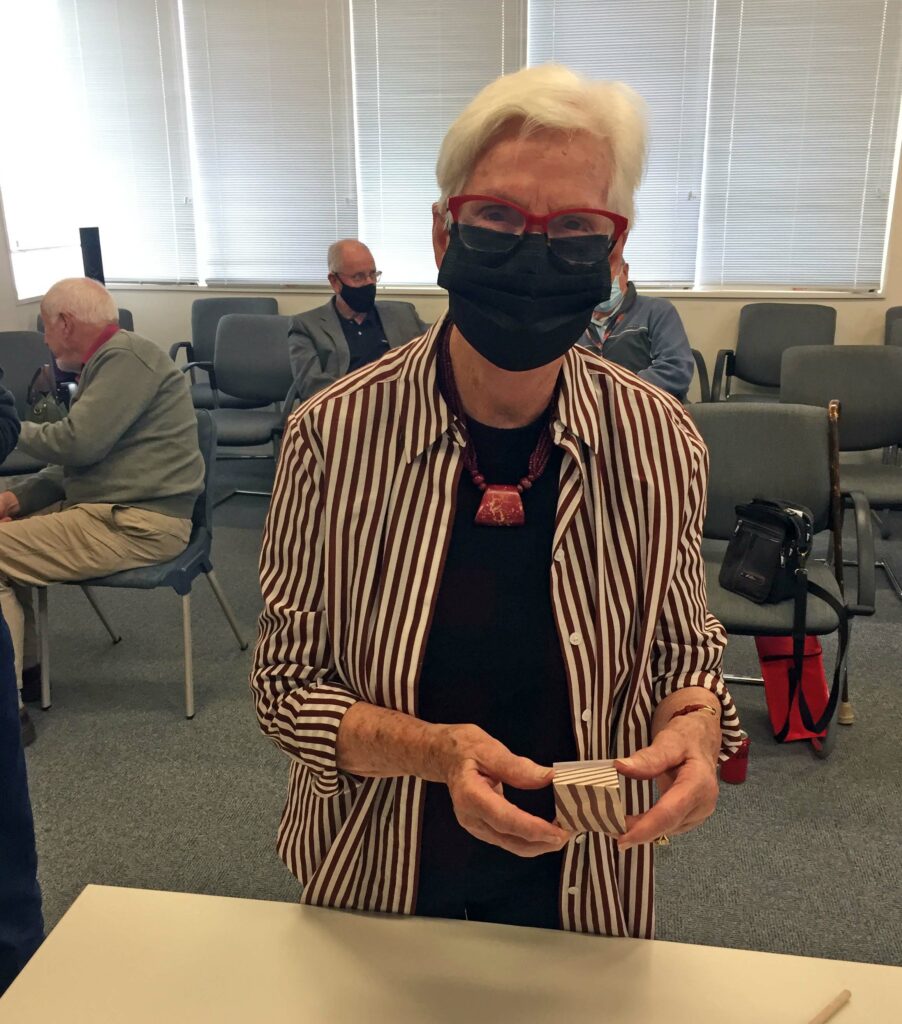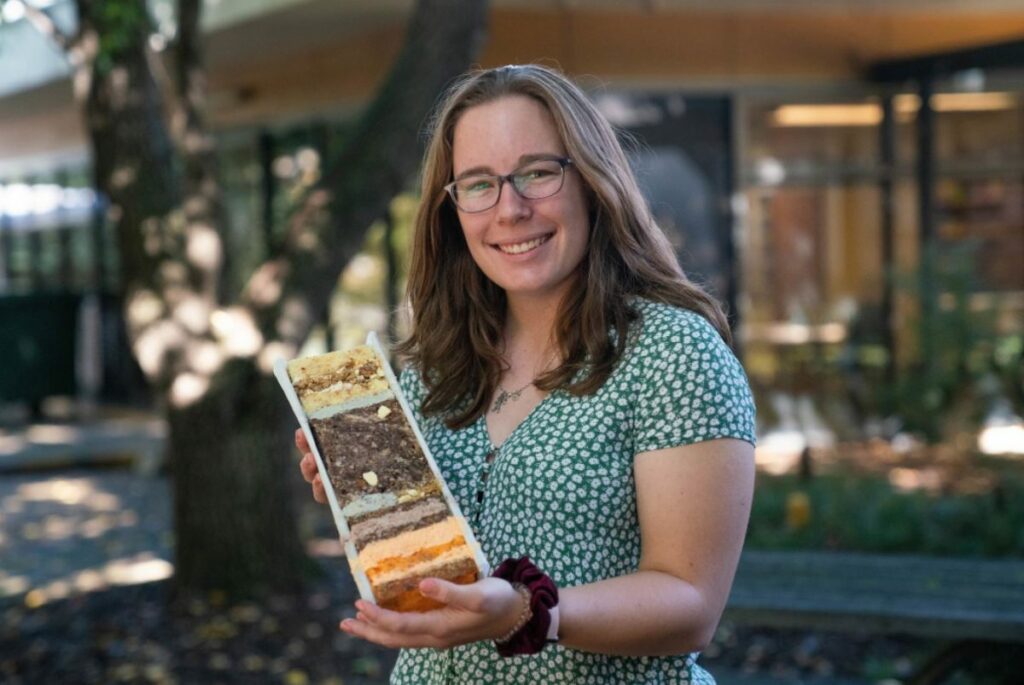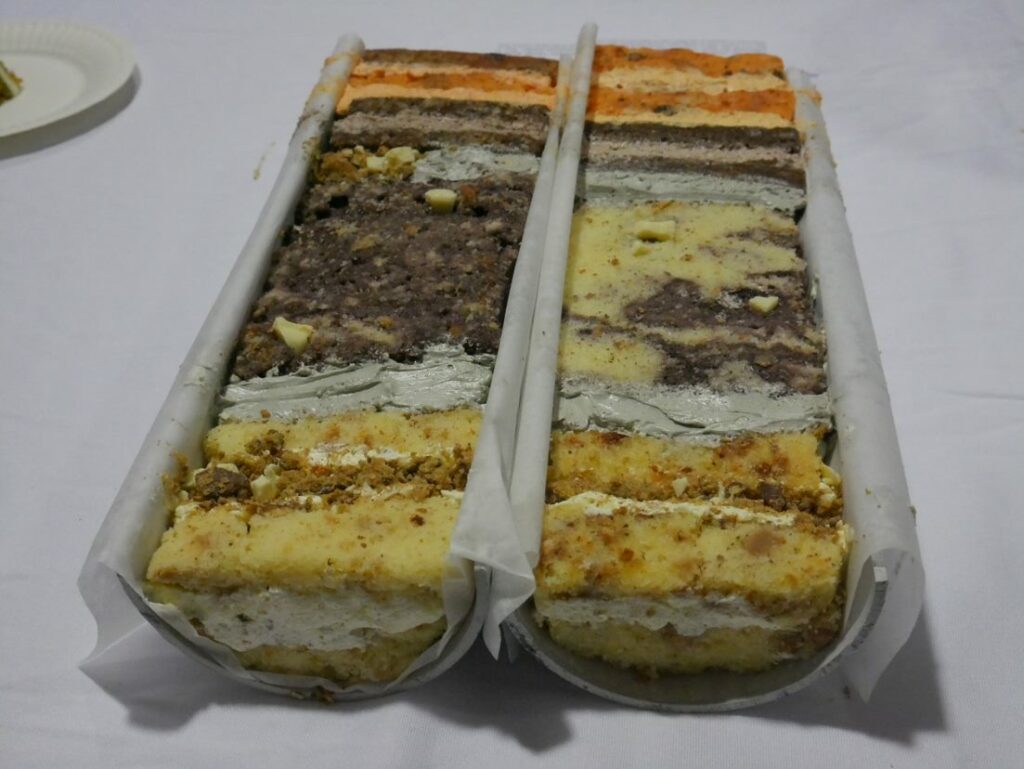

Brad Pillans, Director, National Rock Garden
Extract from National Rock Garden Newsletter No. 23, May 2022
Over the last several months we have been working closely with landscape architects, Harris Hobbs Landscapes, to finalise the design of our new site in the National Arboretum Canberra. As I write this introduction, I am pleased to report that the landscape design has been forwarded to the National Capital Authority for final approval, after which we can proceed to engineering drawings and engage a construction company to undertake the site works.
Optimistically, we would like to have rocks on site by the last quarter of this year, including an inauguration ceremony. However, much will depend on the weather, and with above average rainfall forecast for the winter months, some construction activities could be delayed. We hope not!
In the meantime, we continue to promote the rock garden and identify suitable rocks for display. As described in the article by Mike Smith and Lance Black later in this issue, we took delivery of a new rock in April—a beautiful boulder of diorite, from Temora, zircons from which are used as an international standard for uranium-lead dating. Acquisition of the rock was possible through a generous private donation. Please contact me if you would like to sponsor a rock, we have many other great rocks to choose from!
I recently gave a talk about the rock garden to members of the ANU Emeritus Faculty. As part of my ‘show and tell’ I brought along some hand-specimens of a few of my favourite rocks, including zebra rock. One of my ANU friends, Verna Rosling, showed almost extra-sensory perception by wearing a shirt that exactly matched the red and white stripes of the zebra rock specimen that I had on the table. “I’d love a shirt like that. Where did you get it?” I asked Verna. She replied that she had bought it about 18 months previously at SABA, in Canberra, so I made a bee-line for the shop a few days later. Sadly, I was informed that red and white stripes were very much last year’s colour and that they had no further stock. I also tried Sportscraft, knowing they sell the same lines as SABA, but the story was the same. I had visions of buying zebra rock shirts for NRG volunteers to wear at NRG events, but it was not to be – at least not yet… Perhaps we will find zebra rock shirts somewhere else. Please let me know if you spot any!
For more information on zebra rock, see NRG Newsletter No. 22.

A recent episode of the ABC TV program, Four Corners, investigated the new critical minerals mining boom and concluded that Australia is in the box seat to exploit a surge in worldwide demand. A critical mineral is a metallic or non-metallic element that is essential for modern technologies, economies or national security, and has a supply chain at risk of disruption. One such element is lithium and fortunately Australia is well endowed with lithium resources. Australia currently accounts for around 50% of world production, including the world’s largest hard rock lithium mine—Greenbushes in southwest WA. The NRG is negotiating to acquire a large block of ore from the Greenbushes mine.
One of the geologists who featured on the program was my ANU colleague, Prof John Mavrogenes, who summed things up as follows:
‘There’s no question we have some tough decisions to make and this view that the green view is anti-mining is naïve, because if we’re going to go green, we’re going to have to get a bunch of these critical metals and we’re going to have to do it smartly, and we’re going to have to produce a lot of them.’
For those of you who missed it, you can view the full Four Corners episode here.
One of the challenges that faces the NRG is how to display rocks that don’t occur at the surface – for example the reservoir rocks of our major oil and gas fields. Such rocks can only be obtained by deep drilling but the drill cores that are retrieved are typically less than several centimetres in diameter. Perhaps we could assemble many core offcuts in a kind of mosaic display, either on a wall or a path at the NRG. I would welcome your suggestions…
Recently, one of my PhD students, Alysha Jones, came up with a new way of displaying drill cores—by baking a cake. Yes, I know, it sounds a bit whacky, but… Each year at ANU there is a competition called ‘Bake Your PhD’ in which PhD, Masters and Honours students are invited to represent their research area with a cake. The entries are judged by look and taste, and this year Alysha won with a long layer cake inspired by the layered sediment cores she is studying from Lake George. The judging panel was headed by ANU Vice Chancellor, Brian Schmidt, and the winner’s prize was an inscribed cake stand.
Perhaps we could instigate an annual rock cake competition at the National Rock Garden!




